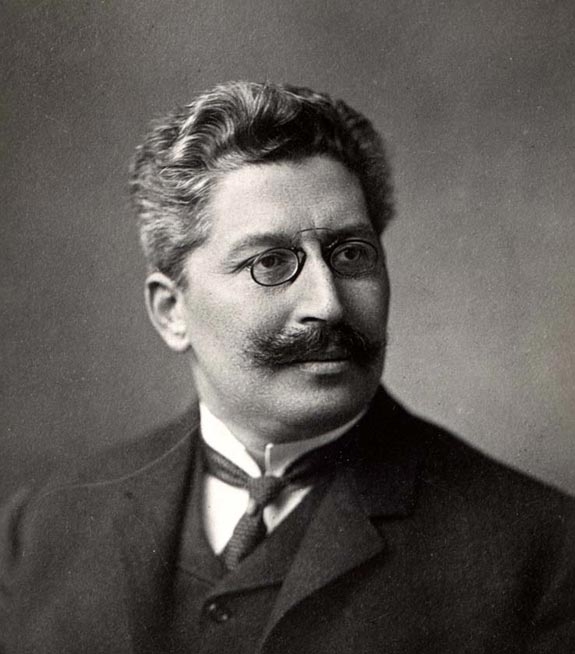Thomas Hemer journeyed from Nevada to Leipzig, the city where he was born 88 years ago, to fight for the legacy of his grandfather, an Egyptologist of Jewish origin forced to leave Germany after the Nazis came to power.
In 1937, Georg Steindorff sold his collection of ancient artifacts to the department of Leipzig University that he led. Hemer, his grandson, wants to stop the Conference on Jewish Material Claims Against Germany from taking them from the university museum, after a Berlin court ruled on May 26 that the sale was conducted under duress and thus invalid.
The 16-year legal battle pitted Leipzig University and Hemer against the Claims Conference, which filed a claim for the collection after German unification in 1990. In a restitution case that confounds conventions, the Claims Conference is now legal owner of the antiquities, overriding the wishes of the heir. Hemer, who served as a witness, said he’s “astonished.”
Losing the collection “would destroy an institute that my grandfather cherished,” Hemer said in an interview at the museum in Leipzig. Though alert and fit for his age, he walks with a stick and wears a hearing aid. “My grandfather was the institute,” Hemer said. “He was this museum.”
Steindorff led archaeological excursions to Egypt between 1903 and 1931. He complemented his own finds with objects that he purchased for his teaching practice and integrated into the university collection.
Clay, Ceramics
The 163 antiquities include a 4,000-year-old Nagada bowl, ancient clay figures, early Islamic ceramics and Greek and Roman objects. He sold those acquisitions to the university for 8,000 Reichsmarks (about $3,200 at the time) in 1937 and they have been there ever since, in the Egyptology museum he founded, known since 2008 as the Egyptian Museum Georg Steindorff, according to the court.
Before the sale, Steindorff had calculated the value of the individual objects at 10,260 Reichsmarks. The court said the discrepancy is a sign that the sale was not voluntary.
“In the case of sales by those persecuted during the Nazi era there is a legal assumption that these were a result of persecution and therefore liable for compensation,” the administrative court said in a press release after the ruling.
“There is some evidence that, before 1933, Steindorff intended to give his collection to the university,” the court said. “Yet in 1937 he wanted to sell it. Therefore we can’t rule out that the sale was under duress.”
Steindorff remained in Germany until March 1939. He managed to obtain a passport through connections and left for the U.S. via Bremen. He died in 1951 at the age of 90.
‘Measure of Justice’
The Claims Conference, which describes its mission as “securing a measure of justice for Jewish victims of Nazi persecution,” also has a legal remit to recover property confiscated from Jews before World War II in eastern Germany -- in cases where no heirs have stepped forward to stake a claim. According to its website, the group has used more than $1 billion of revenue from such claims to fund social, educational and research programs.
“No Steindorff heirs have come to us,” Gregory Schneider, the executive vice president of the Jewish Claims Conference, said by telephone from New York. “We didn’t know about the grandson until now. That is something we can work out separately. What is important here is that a German court has recognized that this is a forced sale.”



